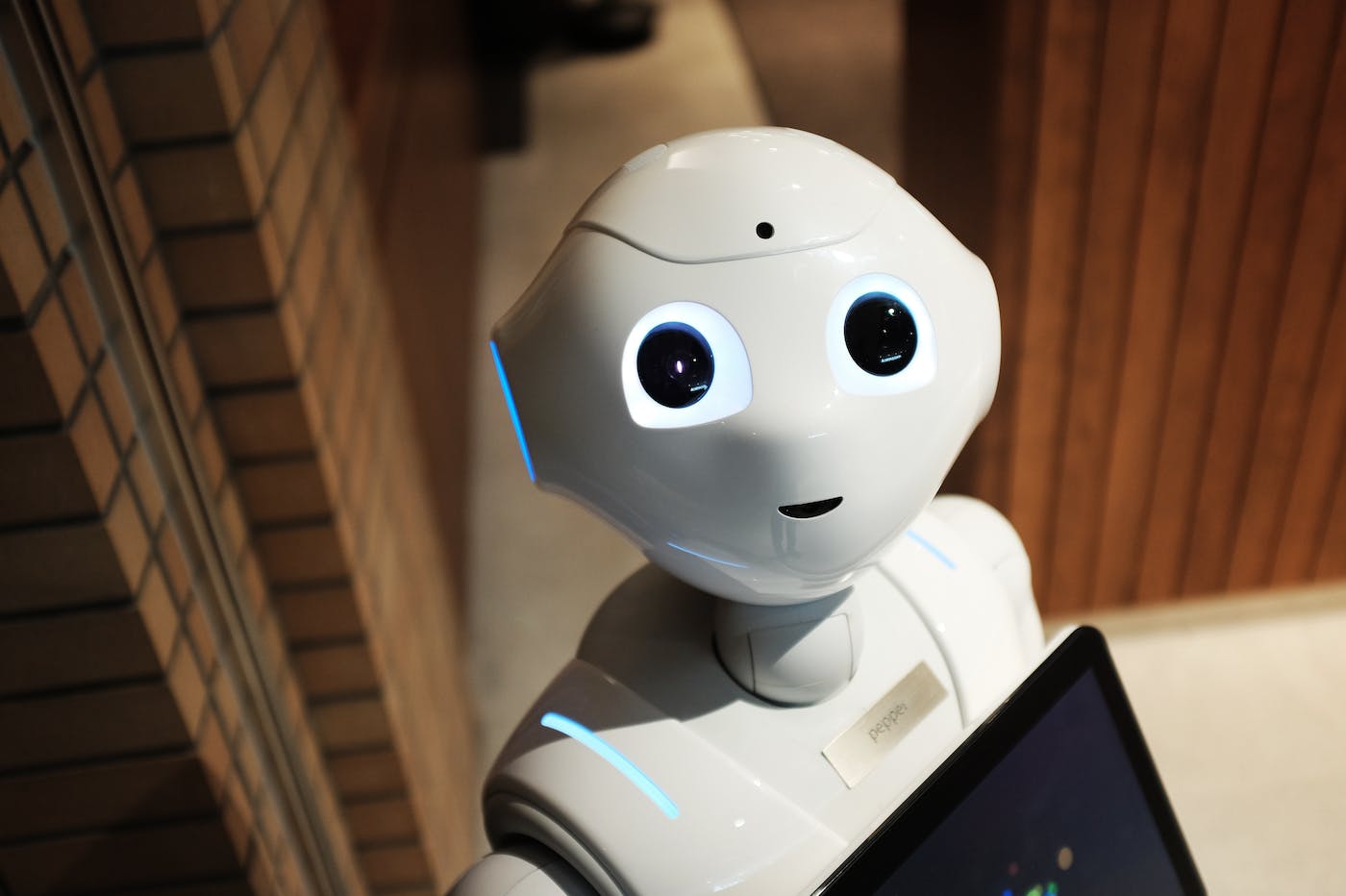
A more than daring suggestion that comes straight from the pen Researchers at Huawei’s Noah’s Ark Lab, based in Paris. In one Preliminary reportThe latter introduced the concept ofembodied artificial intelligence (E-AI), which could be translated as embodied artificial intelligence. From their point of view, this is the next step general artificial intelligence (IAG) will one day be able to think and act like a human.
Towards truly interactive intelligence
Today, AGI is the ultimate vision for AI research. In other words, it is an artificial intelligence capable of performing any task that requires specific cognitive functions for humans or animals.
For Huawei researchers, it is enough to increase the computing power and the amount of data processed by these algorithms is not the right way to one day achieve AGI.
You explain: ” We argue that true understanding goes beyond simple factual truth but also includes the value of statements that guide our actions. This can only be fully achieved by emotionally intelligent AI agents who live in the real world and learn through their interaction with it “.
In other words, for understand their environmentthe AI inevitably has to interact with it, i.e. in a physical form, a body in the right shape.
Technological challenges and future-oriented projects
The concept is very ambitious at the moment and successfully integrating an AI into a physical body is a project that still faces many obstacles. The Large-Scale Language Models (LLMs) that underlie today’s chatbots are very large and fully managed remotely. Implement them in an object of one size normal seems like a difficult task today.
Huawei researchers are not the only ones to have taken this path. Boston Dynamics (the company behind Atlas, the acrobat robot), Tesla or figure and sound humanoid robot have already integrated AI into their robotics projects.
It is undeniable that the approach taken by Huawei contains an element of truth. In the development of robotics, the distinction between robots designed to perform specific physical tasks and robots designed to perform cognitive tasks has been clearer. Today, This distinction tends to fade when technical hurdles fall. If implementing AGI in a fully functioning body is not yet a reality, it could arrive sooner than we think.
- A team of Huawei researchers suggests that AI will take the next step to evolve and incarnate in a physical body.
- An approach that would allow artificial intelligence systems to interact with their environment to better understand it.
- There are currently still technical hurdles in the way of this ambitious approach, although some projects are already very advanced, such as the robots from Tesla, Boston Dynamics or Figure.
📍 In order not to miss any news from Presse-citron, follow us on Google News And Whatsapp.
]

